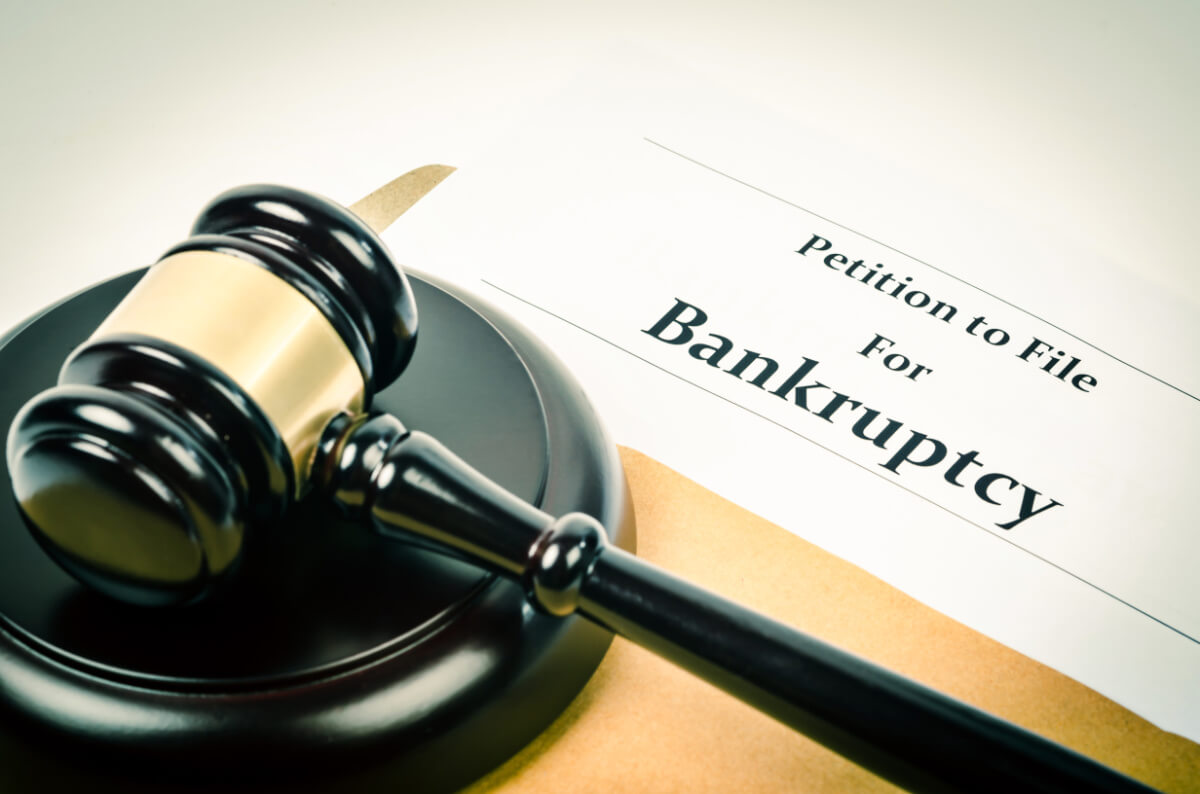How Often Can You File for Bankruptcy?

Filing for bankruptcy is a difficult decision. You need to be sure that you have exhausted all possibilities before declaring bankruptcy. It can be the best solution for business owners, especially if they face unresolvable financial situations. It allows permanent debt relief, which is a great way to create a fresh start.
It is not uncommon for businesses to make take huge risks ultimately requiring drastic action like filing for bankruptcy. Unfortunately, some do it more than once.
How Many Times Can You File Bankruptcy?
Those who are facing wage garnishment because of the unpaid tax or unsecured debts and unexpected bills they can’t pay may ask the bankruptcy court for protection again. The good news is that you can get bankruptcy protection as often as you require it during your lifetime.
It is worth noting that in some circumstances, it’s impossible to benefit from debt discharge. If you have not received a discharge after filing for bankruptcy, then there are no time limits. When you will be able to file again and get a discharge is specified by the bankruptcy code. That said, it is a good idea to familiarize yourself with bankruptcy law beforehand.
Just because you have obtained a bankruptcy discharge doesn’t mean you can’t declare bankruptcy two or more times. Still, if you want to receive a full discharge, then you will have to wait a certain amount of time before filing again. Otherwise, your unpaid debts are going to ‘survive’ bankruptcy.
Note that an automatic stay may expire before the next bankruptcy discharge in some cases. So, make sure it occurs before the expiration of your automatic stay. You will be required to provide convincing and clear evidence that you’ve filed for bankruptcy in good faith to prevent a judge from stopping your automatic stay.
Waiting Period Between Bankruptcy Filings
While you can file bankruptcy an unlimited number of times, remember that between filing dates, there will be certain time limits. These limits only apply to cases where the discharge of debts has been received. When can you file bankruptcy a second time? It depends on the type of bankruptcy, credit score, and other factors.
Related: Does bankruptcy affect credit score
According to the United States Bankruptcy Code, time limits are determined based on the type of Chapter the bankruptcy is filed under. Keep in mind that the clock doesn’t start on the date of discharge but when the prior bankruptcy case has been filed. The waiting times are intended to prevent abuse. Besides, it prevents credit card debts that can’t be paid off.
The amount of your unsecured debt and your repayment plan can change depending on the kind of bankruptcy you’re filing for. Sometimes it makes sense to switch to another chapter option. Whether you want to file for the same or different bankruptcy, you need to know what your wait time will be. Take a look at the table below.
Bankruptcy Chapter Options |
Waiting Period |
| Chapter 13 to Chapter 13 | 2 years |
| Chapter 7 to Chapter 7 | 8 years |
| Chapter 13 to Chapter 7 | 6 years |
| Chapter 7 to Chapter 13 | 4 years |
Chapter 13 vs. Chapter 7 Bankruptcy
Before filing for bankruptcy, you should know which option best suits your needs. Some people file for a Chapter 13 case again to manage tax debts repayment, while others go for a Chapter 7 bankruptcy to get rid of credit card debt without any repayment. In any case, you should take into consideration a court date between successive bankruptcies.
Chapter 7 Bankruptcy
This form of bankruptcy in the United States allows individuals and businesses to liquidate their assets to repay creditors. This is also called a wage earner’s plan. It is also one of the most effective ways to deal with debt because it can eliminate many debts, including credit cards, medical bills, personal loans, and child support payments, thereby helping people get back on their feet.
The only debts that will stay are those that are not discharged in Chapter 7, such as student loans and some taxes. While the Chapter 7 discharge process is a bit complicated, it is a great way to get out from under overwhelming debt and start fresh again. In this type of bankruptcy, you pay your creditors an amount that is agreed upon with the court over 3-5 years.
Chapter 13 Bankruptcy
This type of bankruptcy is available to individuals, partnerships, and corporations. It is the most common form of bankruptcy in the United States. Chapter 13 bankruptcy allows people to keep their property and repay some or all of their debt over time.
The repayment plan must be approved by the court before it can be finalized. Furthermore, Chapter 13 protects a person’s home from foreclosure and enables them to keep their car, even if they don’t make payments on it for three years. The plan must be completed within 5 years or else the person will have to start over with another filing.
Final Thoughts
Depending on the specific circumstances, it can be quite complicated to file for bankruptcy. That is why you should hire a bankruptcy attorney who will help you choose the most suitable option for you. While bankruptcy lawyers cannot alter the waiting period between filing dates, they can make it easier for you to understand the strategy of double filing and decide whether it’s a good idea to switch your Chapter.
Related: Does Bankruptcy Clear Tax Debt?
Get Started
- Bankruptcy
- Foreclosure (form coming soon)
If an online form isn’t available yet, contact us by phone at 1-808-242-9350 or by email today.



